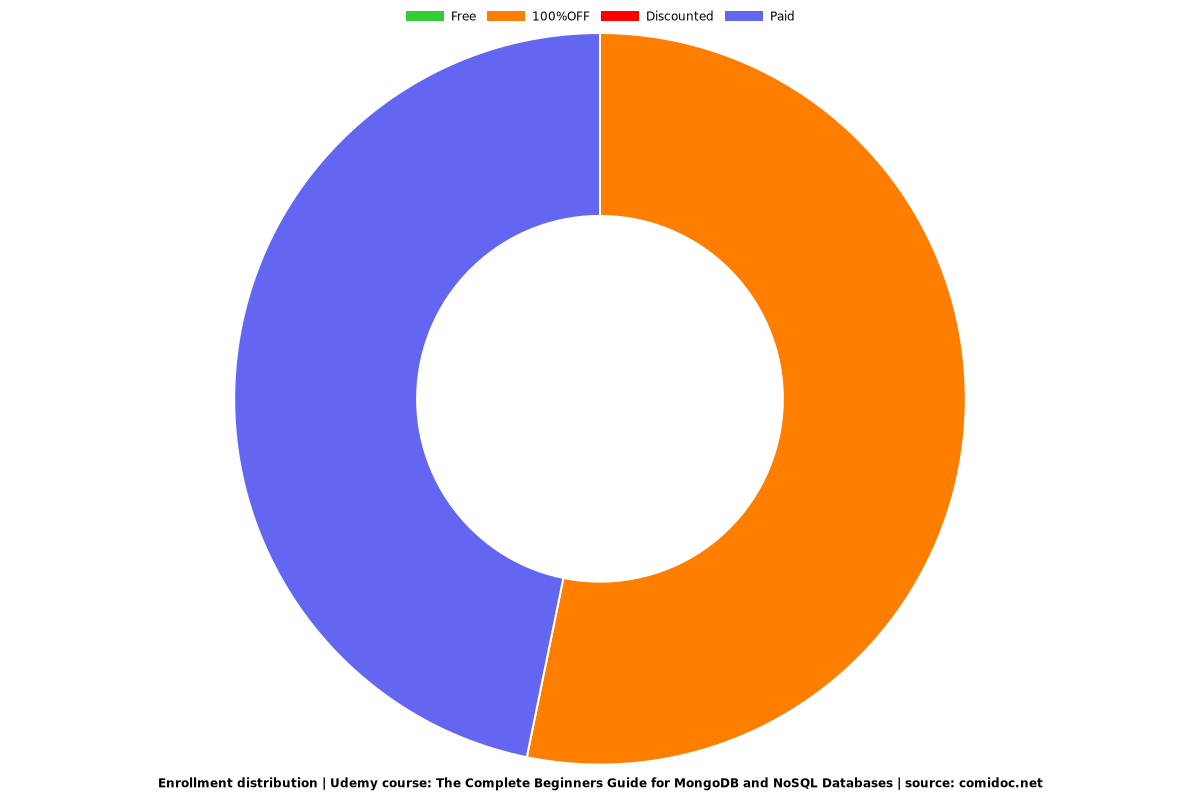The Complete Beginners Guide for MongoDB and NoSQL Databases
Beginner to Professional Guide to Learn MongoDB Covering All Basics with Examples

What you will learn
MongoDB Development
CRUD Operations
Indexes
Aggregation
Why take this course?
Hello and welcome to my new course 'The Complete Dummies Guide to MongoDB Server'.
You already know that in this information technology age 'data' is everything. And a Database is the place where these information is stored in tables. There are two types of database. A structured database and also there is un-structured or no-sql kind of database. We will learn about the No-SQL kind of database and the most popular No-SQL databases the Mongo DB Server in this course.
Here is an overview about the sessions that are included in this course.
In the first session, we will have an introduction to database. Then we will see the concepts of SQL or Structured Query Language which is used in RDBMS in comparison with the No-SQL or non-RDBMS.
And in the next session, we will move on to the basics of MongoDB server. We will see how we can install the MongoDB Community Edition into your computer and then we will download the MongoDB compass, which is a tool and the user interface. Also we will install the MongoDB shell which is a command line interface. And later we will connect Compass and Mongosh with our MongoDB Server that is running in the background.
And then we will move on with MongoDB basic operations. We will see how we can select a database, create a collection and insert documents into that collection. These will be done both through the command line as well as the graphical user interface.
In the next session we will see more details about the MongoDB collections. We will Create, Show and Drop collections with various options.
And then we will get ourselves familiarized with the JSON and BSON formats which is used in Mongo DB. Then in the comming set of sessions, we will see the CRUD operations. The Create Operation with Insert One, Insert Many and their options. We will try the create operation both graphically as well as using command interface.
Then comes the Read operation with Find method. We will explore different options of the find method.
After that the update operation using the methods updateone, update many, find and modify, find and replace and the varions options that we can use along with these operations. We will try them both graphically and using the mongosh command line.
And then finally the delete operations. Single delete using delete one and multiple delete using delete many. We will also try the bulk write operations in MongoDB.
And then we will proceed with the basic operators of mongodb. Before we proceed we will create a nice collection by which we can demonstrate the operators. After that we will see how we can use the Equal and Not Equal Operators, Less than and greater than operators, and and nor operator, in and not in operation. We will also try examples for each operation.
Then we will proceed with more complex operations like projection operation in mongodb which is similar to views in SQL where we can select ony the data we want. Then the limiting query, Skipping query and Sorting query operations for manipulation of result.
In the next session, we will see the index and how search is using this index to make search easier. We will see the default index mechanism of mongodb and how we can override it and add new indexes, verify them and delete them and also about the text indexes.
Then we will proceed with the concept of document atomicity in which all the documents and its related subdocuments are kept in the same collection and how we can manipulate it during specific actions.
After that we will try the search and find operation using Regular Expressions. We can precisely manipulate the search operaton using Regular Expressions pattern matching.
Then we will have a detailed session on the cursors in mongodb. Cursors return a pointer pointing to the documents in mongodb. We will create curors, retrive as an array and also we will iterate through the curors using javascript looping statements.
Then we will have an elaborate session about the aggregation operation in mongo db. Just like joins in rdbms, it will combine data from different collections, perform conditions and sorting and deliver the result. We will see the single purpose aggregations like distinct, count, estimated document count etc and then we will see the agression pipeline. The different stages in aggregation pipleline. We will try a simple and also an advanced example from the mongodb official documentation.
In the final session, I will also be providing you with the link to a free learning material from the mongodb official documentation if you want to dive more deep into mongodb aggregations and different operators and conditions used in it.
And that's all about the topics which are currently included in this quick course. The sample database and the materials has been uploaded and shared in a folder. I will include the link to download them in the last session or the resource section of this course. You are free to use that with no questions asked.
Also, after completing this course, you will provided with a course completion certificate which will add value to your portfolio.
So that's all for now. See you soon in my classroom.
Happy Learning !!
Screenshots
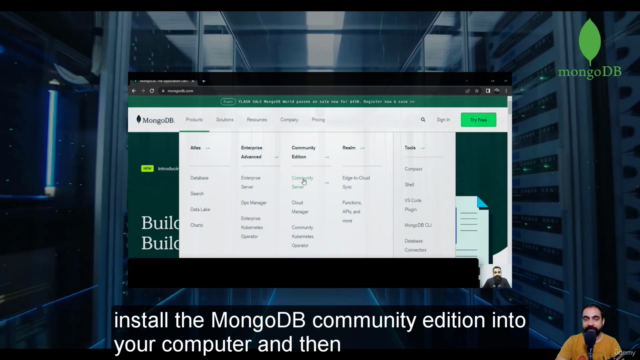
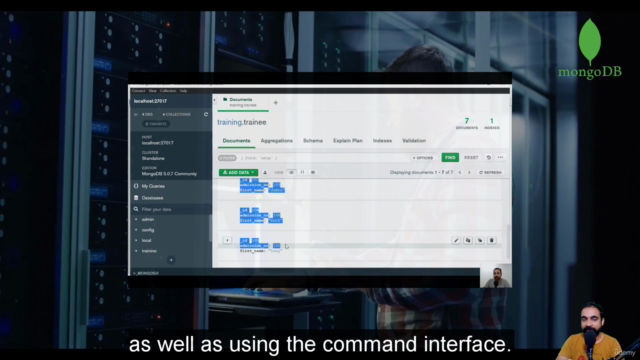

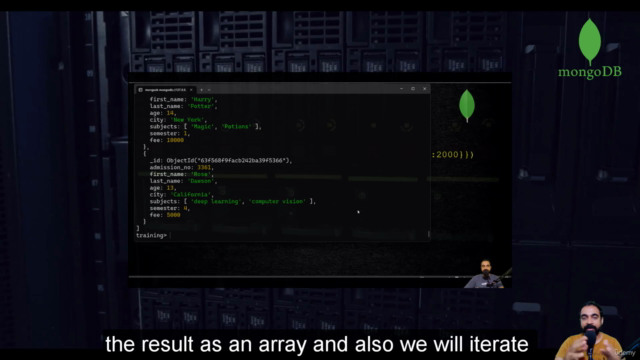
Charts
Price
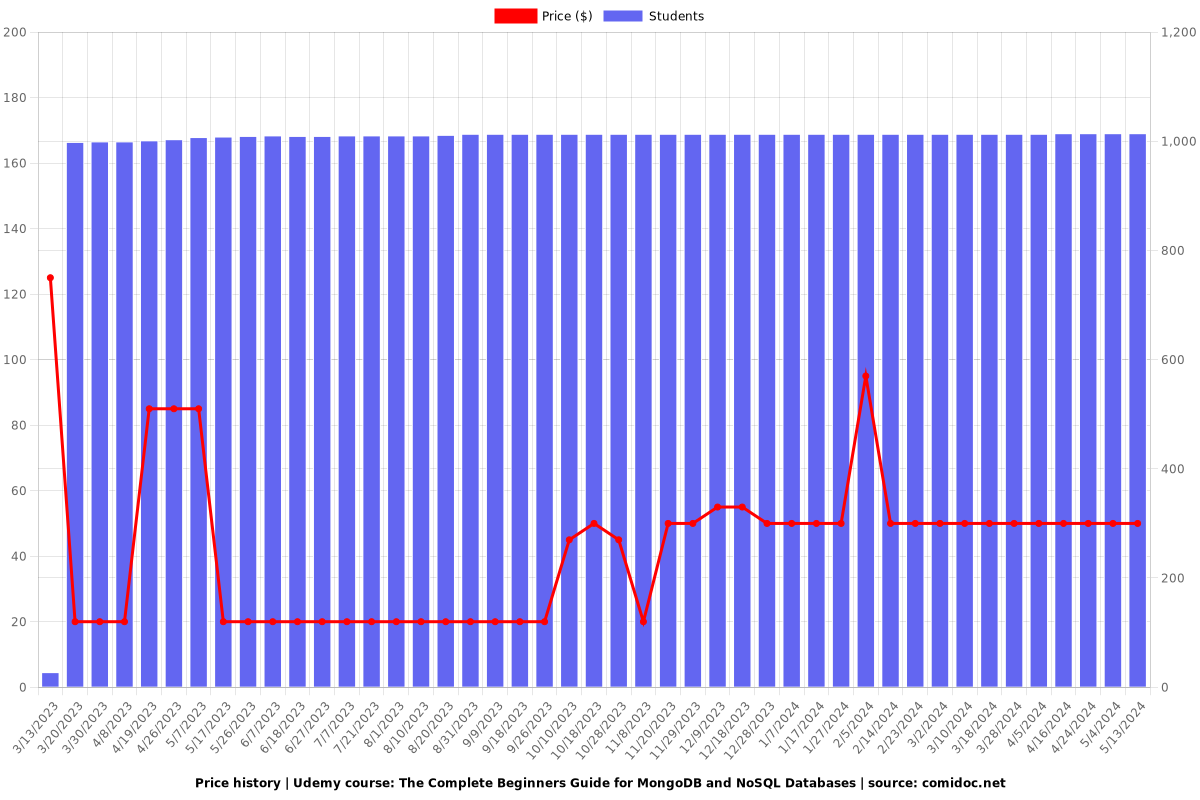
Rating

Enrollment distribution
